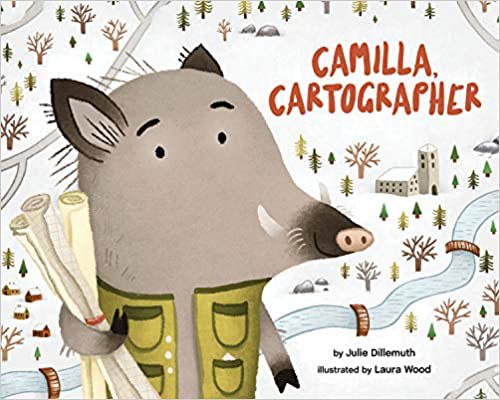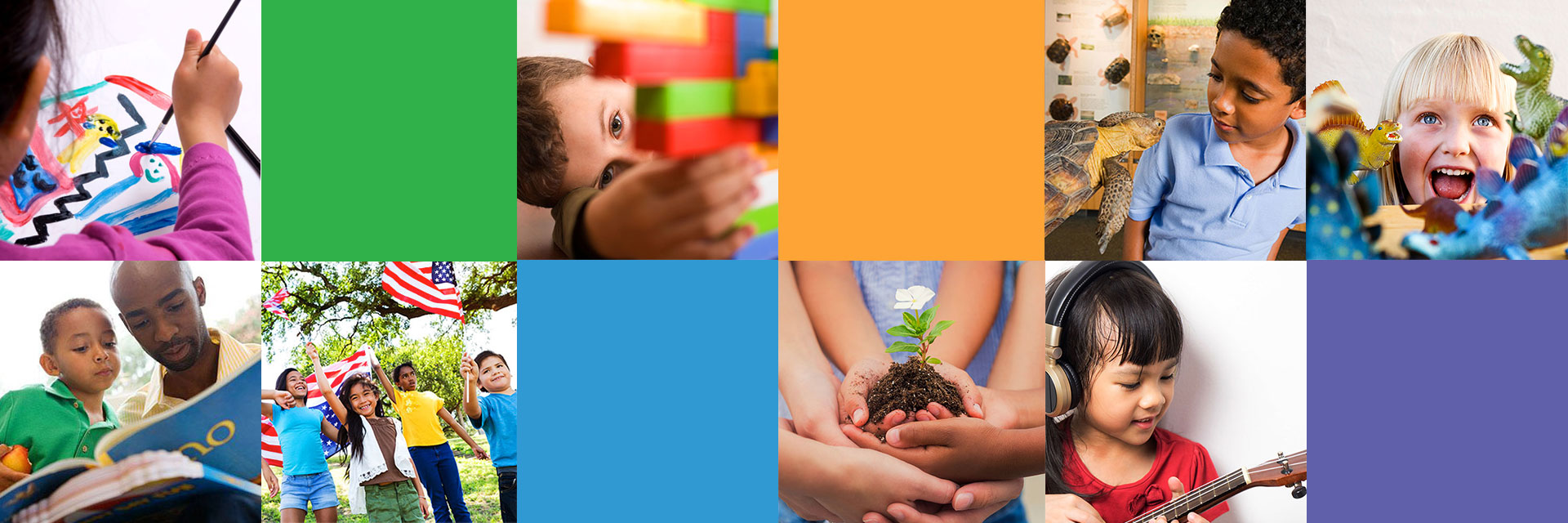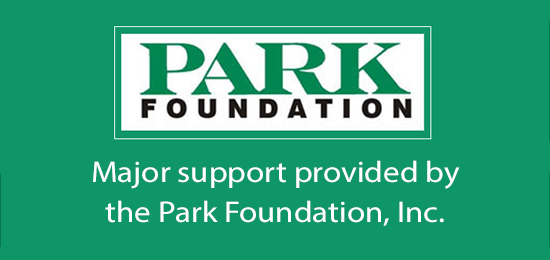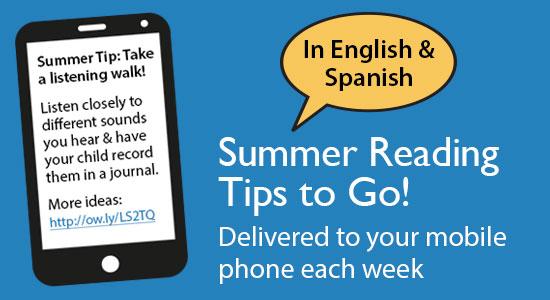Julie Dillemuth, PhD
 Julie Dillemuth, PhD, is a spatial cognition geographer and children's writer. She is passionate about writing picture books for children that help develop spatial thinking skills. Her stories have appeared in Highlights for Children and Odyssey magazines. She is the author of three picture books: Camilla, Cartographer, Lucy in the City, and Mapping My Day.
Julie Dillemuth, PhD, is a spatial cognition geographer and children's writer. She is passionate about writing picture books for children that help develop spatial thinking skills. Her stories have appeared in Highlights for Children and Odyssey magazines. She is the author of three picture books: Camilla, Cartographer, Lucy in the City, and Mapping My Day.
August 3, 2020
We use spatial thinking every day. When we pack a backpack so that everything fits, or use words like “on,” “under,” or “next to,” which describe how things are related to each other, we’re thinking spatially. Children start developing their spatial thinking skills at an early age, and like any skill, it takes practice. When you combine early orienting and mapping skills with adventures outdoors, you’ll build your child’s spatial thinking skills and also foster their curiosity about exploration and discovery.

Camilla, Cartographer provides an introduction to spatial thinking and problem solving. Camilla uses spatial thinking skills as she explores maps and her forest. The note to parents and caregivers provides specific activities to develop spatial thinking skills and foster an interest in exploration and discovery.
Orienting and navigating with a compass
Camilla and her friend, Parsley, use a compass to find their way to the creek when snow covers the path they know and all the familiar landmarks. You can help your child understand the cardinal directions, north, south, east, and west, by using a map and a compass to navigate to a destination in your neighborhood.
- Show your child how a compass will point to the north.
- Show your child where they are on the map, which direction is north on the map, and where your destination (the park, library, or school for example) is located.
- Let your child take the lead navigating. Mistakes along the way are okay!
Map making
A cartographer is someone who makes maps. Maps are drawings that show relationships of things in space, and let us compare things about places across space or time. Involving your child in reading, making, and using maps helps them develop their spatial thinking skills, and can inspire them to explore and discover.
- Help your child create a map of a large area with interesting features, such as a park or playground.
- Show your child how to use a compass to orient yourselves facing north.
- Sit in a place with a good view of the area you are going to map, facing north.
- In one corner of a sheet of paper, have your child draw a compass rose and consult the compass to label it N, S,E, and W.
- Now, have your child start drawing the map–paths, trees, grass, playground equipment, etc.
- Talk about the cardinal directions as she draws features.
When the map is complete, you can have fun with your map by one of you drawing a path for the other person to follow, or hiding an object for the other person to find and giving hints by pointing to where it is on the map. Your child may have other ideas about how to use the map–follow their lead!
Exploration and discovery
It’s important for kids to realize that even though it may seem like everything has already been discovered, and that grown-ups have all the answers, there is still so much we don’t know. Remind kids that there are many more discoveries yet to be made, and that they can investigate questions and make discoveries themselves, right now and when they are grown up. Encourage your child to be curious and ask questions.
Find historical maps of a place that interests you and your child.
- Compare what is the same then as now, and what is different.
- Go exploring! Exploring real-world environments develops and tests important spatial relational skills and fosters a sense of discovery. Get outside, stand back, and watch your child’s imagination take over.
Think of your own activities to help you and your child practice spatial thinking. Get into the habit of incorporating spatial thinking challenges into your child’s routine: Let them figure out how to fit everything into their backpack or quiz them on the way to school about which direction you’re heading. Model the attitude that a challenge is an interesting problem to figure out. You will be helping set your child up for success with important life and education skills.
Listen to the book
Hear Dr. Dillemuth read Camilla, Cartographer aloud:

Excerpted from Camilla, Cartographer by Julie Dillemuth, PhD, from Magination Press. Originally posted on the Magination Press Family blog.



